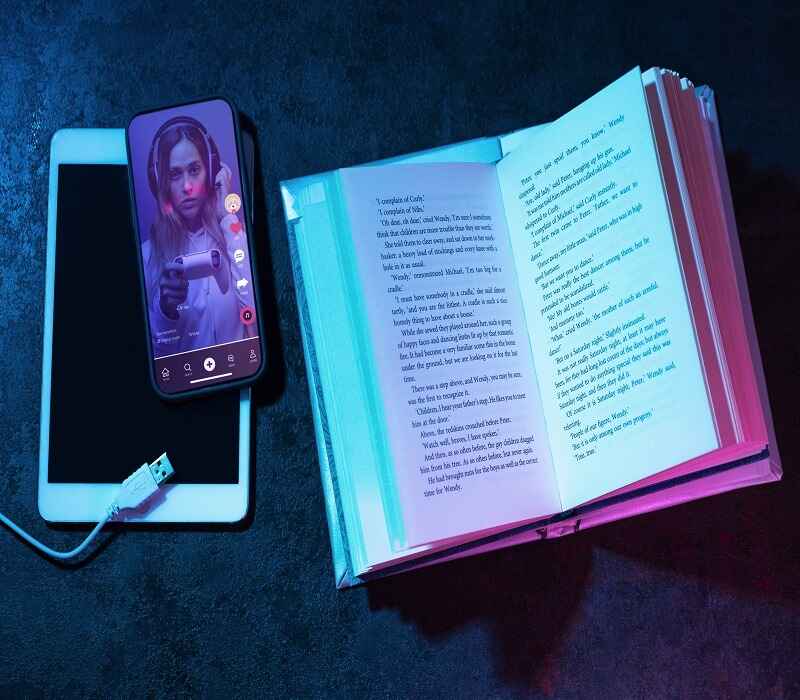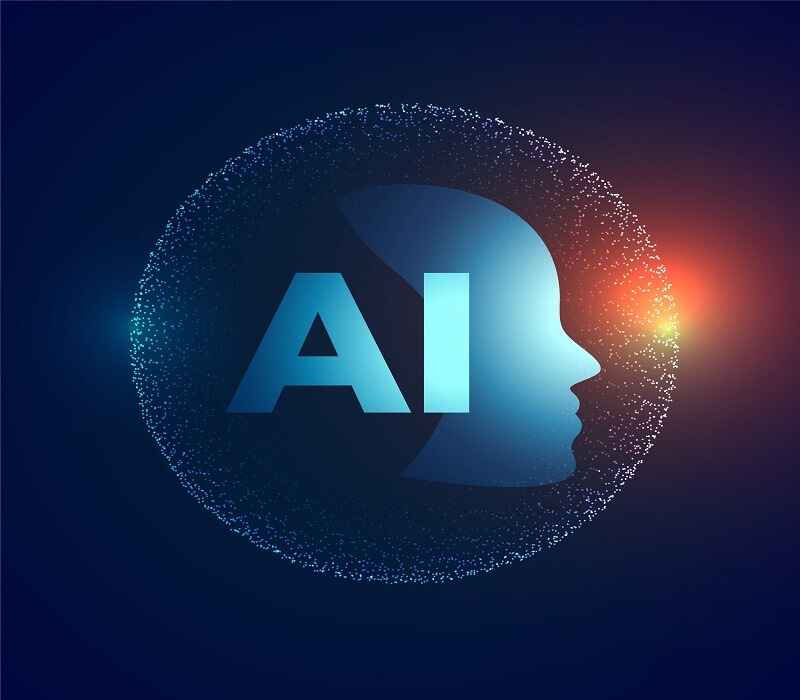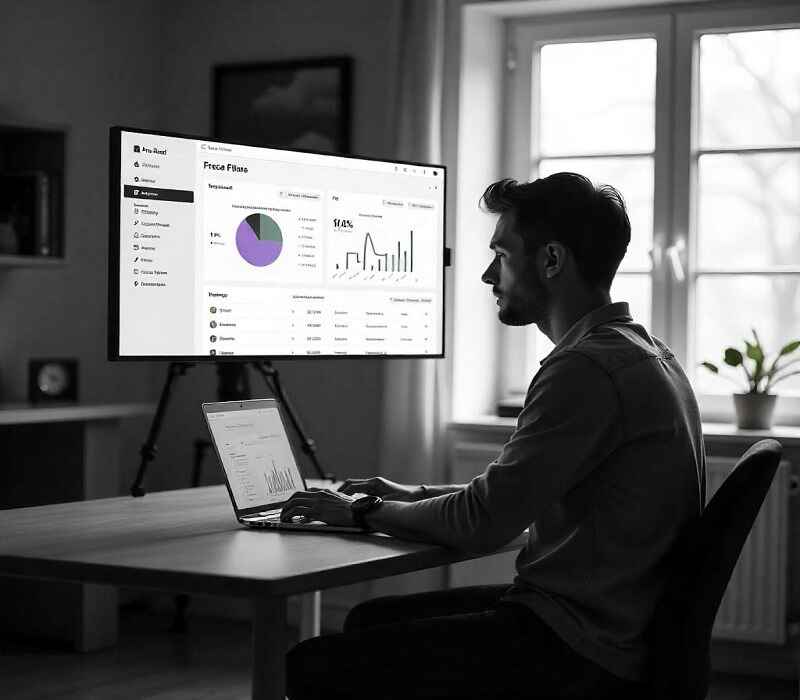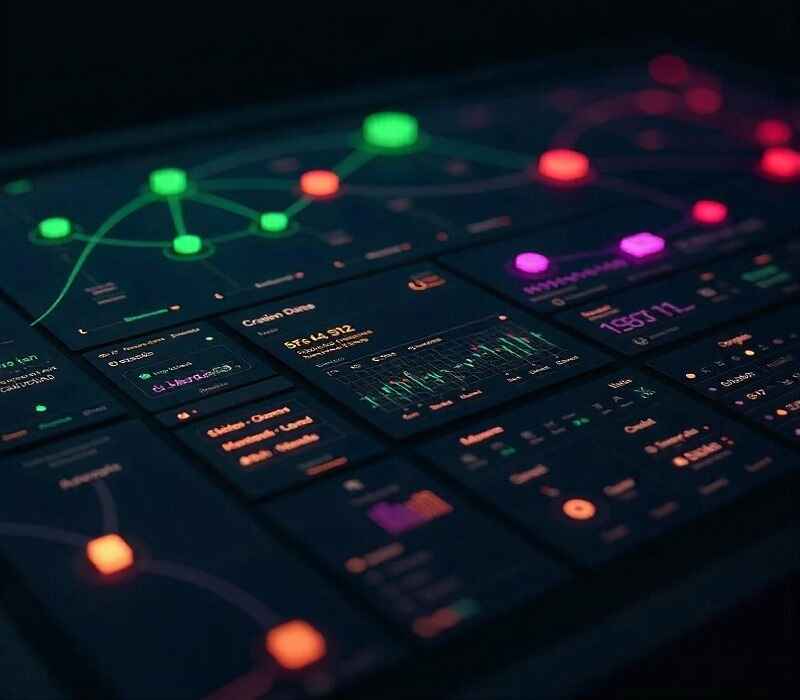The animation and visual effects (VFX) industry has always been at the forefront of technological advancements. From hand-drawn sketches to CGI-driven blockbusters, innovation has continually redefined the way stories are brought to life. Today, artificial intelligence (AI) is revolutionizing animation and VFX, opening new doors for creativity, efficiency, and storytelling possibilities.
With AI-driven tools, creators can now generate entire animations, enhance visual effects, and streamline workflows at an unprecedented pace. This shift is not just about automation but about expanding the creative potential of artists, studios, and independent storytellers.
AI and the Evolution of Animation
Traditional animation requires significant time and resources, from storyboarding to character design and final rendering. While 2D and 3D animation software has significantly accelerated production processes, AI is now taking animation to the next level by automating complex tasks while maintaining artistic quality.
Machine learning algorithms can analyze vast amounts of animation data and replicate movements, facial expressions, and character dynamics with remarkable precision. These AI-driven techniques allow animators to focus more on storytelling rather than spending hours on frame-by-frame adjustments.
For instance, AI can automatically interpolate frames, transforming still images into smooth animations. Additionally, AI-powered motion capture tools enable realistic character movements without the need for expensive suits and extensive post-production editing.
The Impact of AI on Visual Effects (VFX)
In the realm of VFX, AI is streamlining labor-intensive processes such as background replacement, rotoscoping, and CGI modeling. Traditionally, these tasks required extensive manual work, but AI-powered tools can now automate them with precision, reducing production time and costs.
One of the most groundbreaking applications of AI in VFX is deep learning-based facial animation. AI can now de-age actors, replace faces, or create hyper-realistic digital doubles seamlessly. This advancement is revolutionizing the film and gaming industries, allowing creators to bring fantastical worlds to life more efficiently.
Moreover, AI-driven physics simulations help in creating realistic natural effects, such as smoke, fire, and water, which traditionally required complex algorithms and high-end computing power. By leveraging AI, studios can generate these effects more dynamically while maintaining cinematic quality.
AI’s Role in Personalized and Interactive Storytelling
As AI advances, storytelling is becoming more interactive and personalized. AI algorithms can analyze audience preferences and generate unique narratives tailored to individual viewers. This technology is particularly transformative in gaming, virtual reality (VR), and augmented reality (AR), where user-driven storytelling is key.
AI-powered tools enable the creation of responsive narratives that adapt based on user choices. This concept is already being implemented in interactive films and games, where the storyline shifts based on a viewer’s decisions. With AI’s ability to generate content dynamically, the future of storytelling could be a blend of traditional cinematic experiences and real-time audience interaction.
The Role of AI in Independent Animation Studios
For independent animators and smaller studios, AI is leveling the playing field. High-quality animation and VFX that once required multimillion-dollar budgets are now more accessible thanks to AI-driven tools. Automated animation software enables solo creators and small teams to produce professional-grade animations without the need for large production crews.
Furthermore, AI can assist in scriptwriting, voice synthesis, and character modeling, reducing the number of resources required for full-scale production. This democratization of animation and VFX allows more diverse voices and creative visions to emerge, fostering innovation within the industry.
Enhancing Animation Production Efficiency
AI is not just changing how animations are created but also how they are produced and managed. In large-scale productions, AI-powered project management tools analyze workflows to optimize efficiency. These tools help studios predict production timelines, allocate resources effectively, and detect potential bottlenecks before they arise.
Additionally, AI-powered colorization and style transfer allow animators to apply artistic effects instantly, maintaining consistency across different scenes. AI-generated lip-syncing also ensures accurate dialogue synchronization, reducing manual adjustments for voiceovers and dubbing.
AI-Powered Content Creation and Marketing
As content consumption continues to grow across various platforms, AI is playing a crucial role in content creation and distribution. One emerging tool in this space is an AI animation generator, which allows creators to generate animated videos quickly and efficiently. These AI-driven tools can transform simple text prompts into fully animated videos, complete with voiceovers, music, and subtitles.
This technology is particularly useful for marketers, educators, and content creators who need high-quality animations without investing in expensive production processes. By simplifying animation creation, AI is enabling more businesses and individuals to leverage animated storytelling for their content strategies.
AI’s Role in Real-Time Video Processing
Beyond animation, AI is also enhancing real-time video processing for various applications. AI-powered filters, automatic scene recognition, and real-time motion tracking are now widely used in live streaming and social media content creation. These advancements are making high-quality video production accessible to a broader audience.
An AI generated video app is an example of how AI is being integrated into video creation. These applications enable users to generate high-quality videos with minimal effort by leveraging AI for scriptwriting, animation, and editing. This technology is particularly beneficial for content creators looking to produce engaging videos without extensive technical knowledge.
The Future of AI in Animation and VFX
As AI continues to evolve, the future of animation and VFX looks more promising than ever. While AI cannot replace human creativity, it serves as a powerful tool that enhances the creative process, making animation more efficient and accessible.
In the coming years, we can expect further advancements in AI-driven animation tools, with improved realism, greater interactivity, and enhanced storytelling capabilities. The rise of AI-generated content will also lead to new ethical considerations, particularly regarding intellectual property and artistic ownership.
Despite these challenges, one thing is clear: AI is reshaping animation and visual effects in ways that were once unimaginable. Whether in film, gaming, or online content creation, AI is opening new frontiers in storytelling, allowing creators to push the boundaries of imagination like never before.
For more articles, visit our website : https://traceloans.blog/




It’s fascinating to see how AI is not just speeding up animation production, but also pushing the boundaries of creative possibilities. The potential for AI to enhance artistic decisions while automating the more tedious tasks is truly a game-changer for creators.